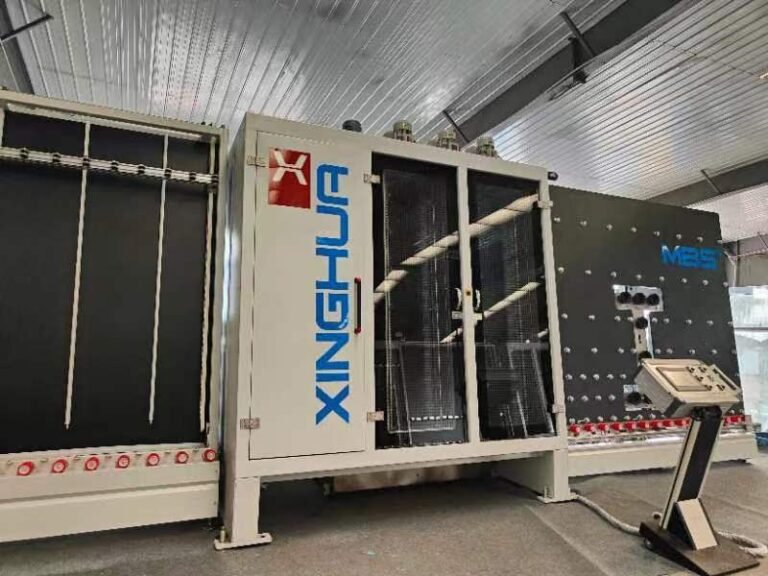In the realm of modern construction, fire-rated glass has emerged as a crucial material, seamlessly balancing safety and aesthetics. With its ability to withstand high temperatures, control heat transfer, and prevent the spread of flames, fire-rated glass plays an indispensable role in enhancing building safety. This article delves into the specifics of fire-rated glass, its classification, testing, and growing importance in fire safety standards worldwide.

What Is Fire-Rated Glass?
Fire-rated glass is a specialized glazing material designed to meet fire resistance standards under regulated conditions. It is rigorously tested to ensure it can withstand extreme heat, maintain integrity, and limit heat transfer during a fire. Unlike the term “fireproof glass,” which implies complete imperviousness to fire—a practically unachievable standard—fire-rated glass provides measurable, quantifiable performance capabilities.
Fire-rated glass is tested following strict protocols, including temperature rise rates, maximum exposure times, and pressure resistance. These tests result in fire ratings permanently affixed to the glass, giving designers and inspectors clear insights into its fire resistance capabilities.

Standard for fire-resistant glass
Fire-rated glass must pass a standardized fire test to receive its rating. During testing, a furnace heats an assembly containing the glass to simulate fire conditions. The glass must remain intact throughout the test without flaming or openings. The performance is categorized into the following ratings:
- Integrity (E): Prevents the passage of flames and hot gases but does not block heat transfer. Typically, E-rated glass consists of single panes of tempered or wired glass and is ideal for areas requiring fire containment without heat insulation.
- Insulation (EI): Offers both integrity and insulation against heat transfer. Composed of multiple glass layers with fire-resistant interlayers, EI-rated glass prevents heat transmission, safeguarding the non-fire side.
- Radiation Reduction (EW): Limits radiant heat transmission. EW-rated glass incorporates interlayers that reduce radiant heat transfer, minimizing heat damage to adjacent areas.

All the above-mentioned parameters are followed by as a time limit in minutes. The number after a given symbol shows the time the performance criteria is fulfilled during a standardized fire test. Ex: EI30, EI60, EI90 etc.
Fire-rated glass is a vital material for modern architecture, offering unmatched safety and functionality. Its ability to provide integrity, insulation, and radiation reduction makes it a versatile choice for enhancing fire safety in buildings. With advancements like liquid-filled fire-rated glass, this material continues to evolve, meeting stringent safety standards while enabling innovative architectural designs.




